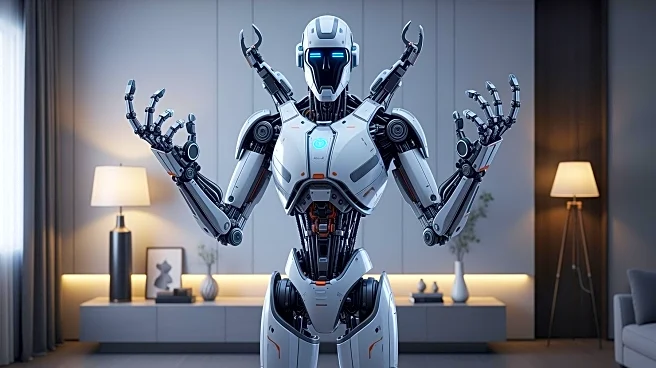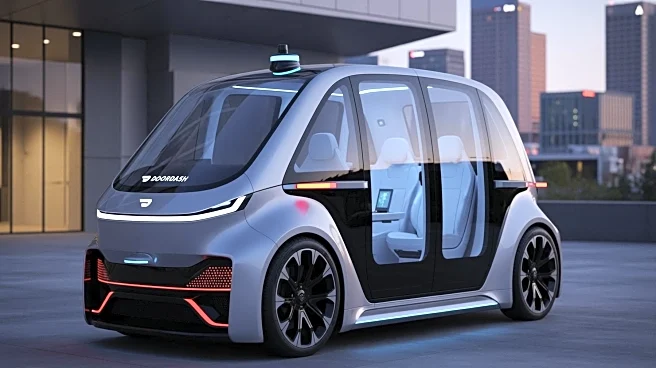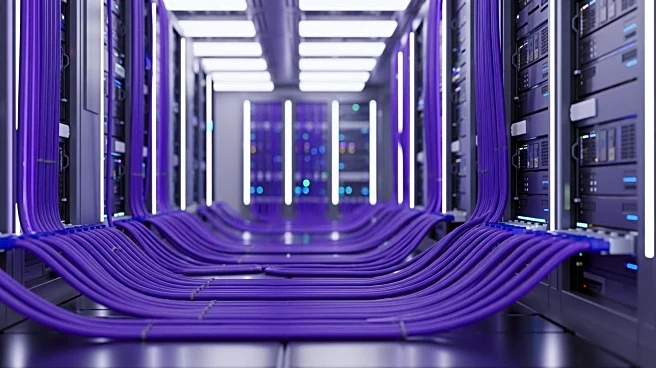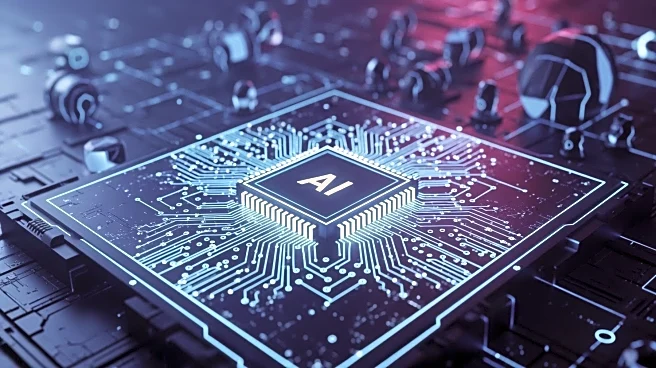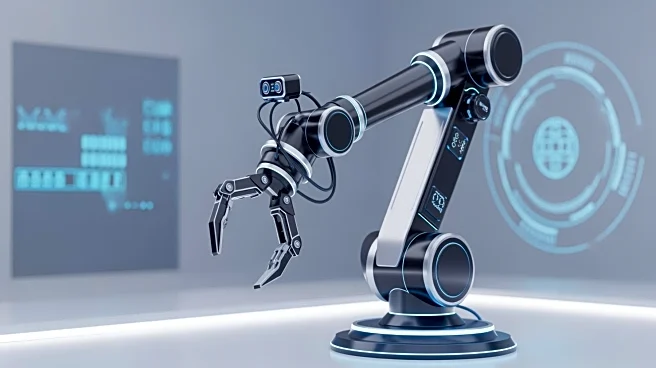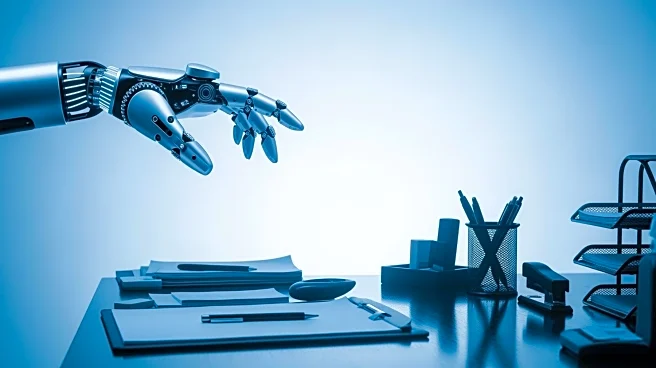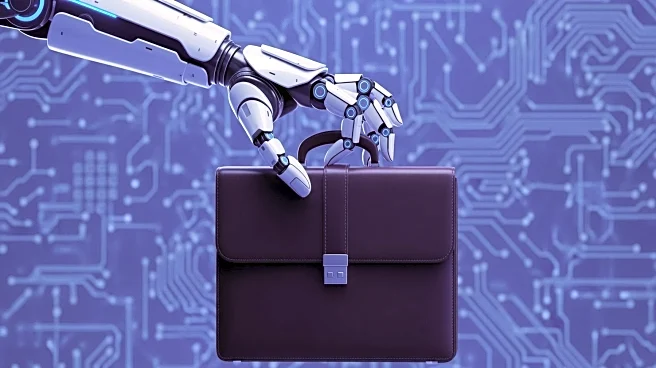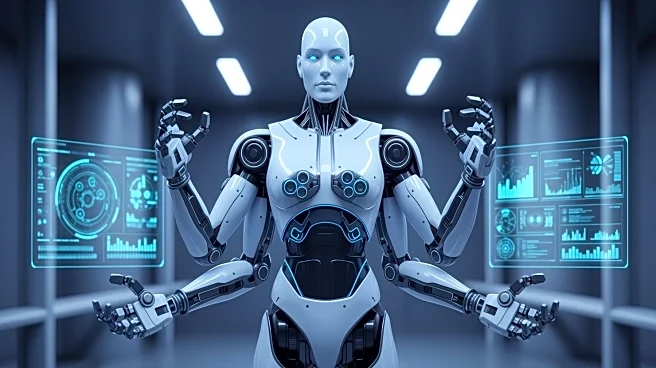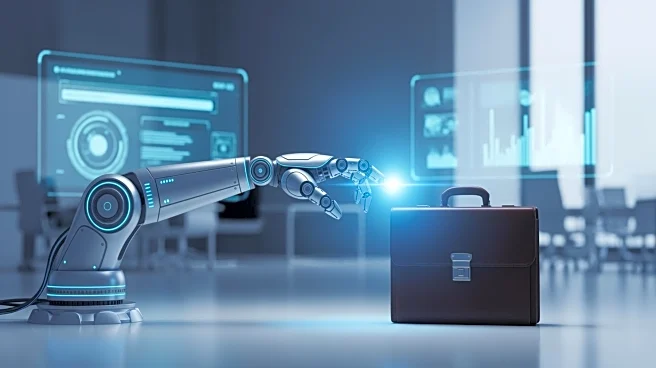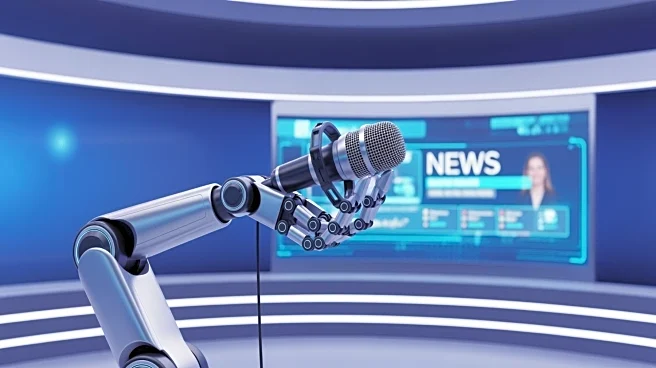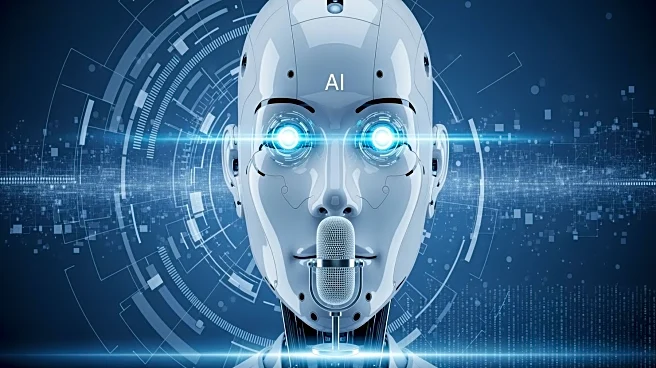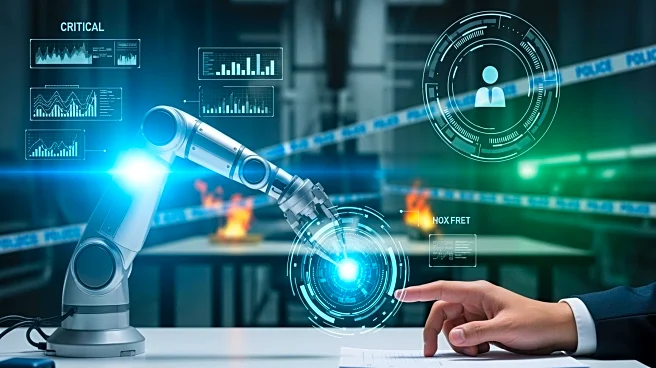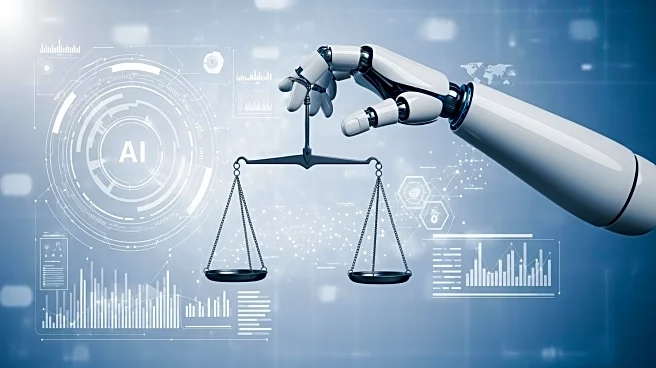What's Happening?
Figure AI, a company based in Silicon Valley, has introduced the Figure 03 robot, designed to perform household chores such as vacuuming and dishwashing. Priced at $20,000, this robot is an advancement from its predecessor, the Figure 02, which was utilized
in industrial settings like BMW factories. The Figure 03 is intended for domestic use and is part of Figure AI's broader vision to integrate humanoid robots into various sectors, including healthcare and space exploration. The company, backed by investors like Jeff Bezos and Microsoft, aims to mass-produce these robots, potentially having them work on their own production lines. The launch has sparked mixed reactions, with some expressing concerns about the implications for human civilization, while others are optimistic about the technological progress.
Why It's Important?
The introduction of the Figure 03 robot represents a significant step in the integration of robotics into everyday life, potentially transforming how household tasks are managed. This development could lead to increased efficiency and convenience for consumers, reducing the time and effort spent on chores. Moreover, the broader application of such robots in industries like healthcare and space exploration could revolutionize these fields, offering new solutions and capabilities. However, the rise of humanoid robots also raises questions about job displacement and the ethical implications of widespread automation. As these robots become more prevalent, they could reshape labor markets and societal structures, necessitating discussions on regulation and adaptation.
What's Next?
As Figure AI continues to develop and refine the Figure 03, the company plans to expand its applications beyond household chores. The potential for these robots to enter the healthcare sector and assist in space colonization efforts suggests a future where humanoid robots play a critical role in various industries. Stakeholders, including policymakers and industry leaders, will need to address the challenges and opportunities presented by this technology. Discussions around regulation, ethical considerations, and workforce impacts are likely to intensify as these robots become more integrated into society.
Beyond the Headlines
The deployment of humanoid robots like the Figure 03 could lead to long-term shifts in cultural and ethical norms. As robots take on more roles traditionally held by humans, society may need to redefine concepts of work, productivity, and human interaction. Additionally, the potential for robots to perform tasks in hazardous environments, such as space or disaster zones, could enhance safety and efficiency. However, the reliance on robots also poses risks, including cybersecurity threats and the need for robust systems to ensure their safe and ethical operation.
